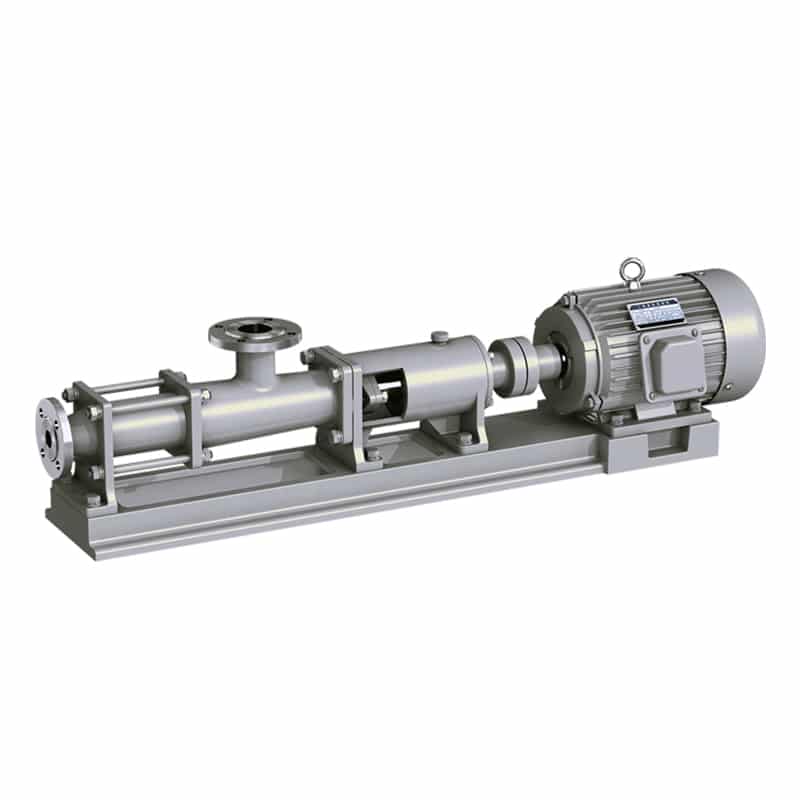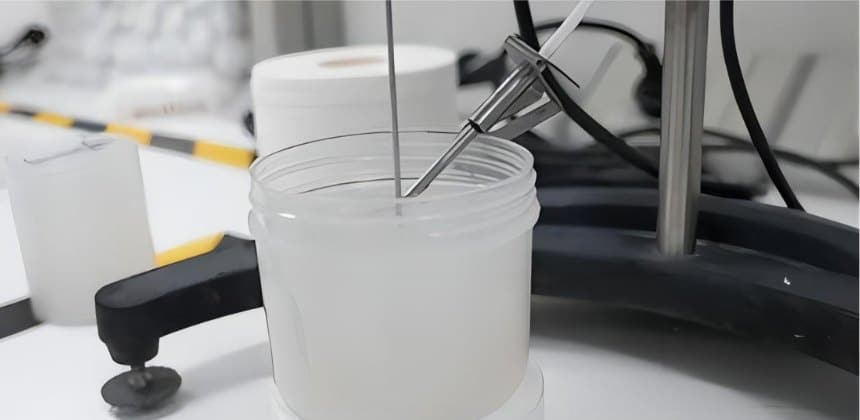Thixotropic Fluid
In many everyday applications, we often hear about the various properties of fluids, such as viscosity and fluidity. However, there is one particular type of fluid that behaves significantly differently from the fluids we are normally familiar with. This is thixotropic fluid, a non-Newtonian fluid that exhibits unique properties.
What is a thixotropic fluid?
Thixotropic is a special type of non-Newtonian fluid that changes its viscosity and becomes more fluid when subjected to a constant shear force (e.g. during the mixing phase). The longer a fluid is subjected to shear stress, the less viscous it becomes. Simply put, when a rheological fluid is stirred, shaken, or subjected to some form of vibration, its viscosity decreases and it becomes easier to flow. However, when no longer disturbed, it gradually returns to its original higher viscosity state.

Typical Characteristics Of Thixotropic Fluid
- Shear thinning: When subjected to shear, the viscosity of a thixotropic fluid increases rapidly, causing it to assume a solid-like rigidity. This phenomenon is called shear thinning.
- Rest Time: When not subjected to shear, thixotropic fluids gradually return to a lower viscosity level. This characteristic makes thixotropic fluids
The properties of thixotropic fluids, which allow them to provide a high level of resistance when needed, as well as a rapid return to fluidity when the application of shear forces is stopped, make them useful in a wide variety of applications.
Areas Of Application
- Food processing
- Cosmetic manufacturing
- Construction materials
- Medical Equipment
5 Subclasses Of Non-Newtonian Fluids
- Plastics (independent of time)
- Pseudoplastic (independent of time)
- Swelling (time independent)
- Thixotropic (time-dependent)
- Rheology (time-dependent)
Thixotropic And Pseudoplastic Fluids
Thixotropic and pseudoplastic fluids are both non-Newtonian, but they behave differently when subjected to shear.
| Characterization | Thixotropic Fluids | Pseudoplastic Fluids |
| Rheological Properties | Viscosity varies with shear force. | Viscosity varies with shear rate. |
| Shear Atress and Viscosity | As the shear stress increases, the viscosity decreases. | As the shear rate increases, the viscosity gradually increases. |
| Resilience | When the shear force is stopped, the viscosity recovers quickly. | When the shear rate is stopped, the viscosity gradually recovers. |
| Example Applications | Drilling muds, paints, sauces in food manufacturing. | Milk, wall paint, etc. |
Advantages Of Thixotropic Fluid
Balance of Flow and Stability: Thixotropic fluids decrease in viscosity when subjected to shear, making them easier to flow, but quickly regain viscosity when shear is stopped, maintaining fluid stability.
Versatility: Thixotropic fluids can be used in a variety of applications, including cosmetics, coatings, food, medical, and industrial, where their rheological properties can be adjusted to meet different needs.
Improved efficiency: In specific applications, thixotropic fluids can simplify processes, reduce the number of steps, and improve productivity.
Pumps For Thixotropic Fluids
Peristaltic pump: Peristaltic pumps push fluid through compressed flexible tubing, which makes them ideally suited to handle thixotropic fluids, as they do not need to be in direct contact with the fluid, reducing the risk of contamination, and providing accurate flow control.
Centrifugal Pumps: Although centrifugal pumps are typically used for low viscosity fluids, some specially designed centrifugal pumps can also handle thixotropic fluids. These pumps may require proper adjustment and design to accommodate thixotropic fluid characteristics, such as increasing pump pressure or adjusting impeller design.

Screw Pumps: Screw pumps propel fluid through the rotation of a screw and are suitable for handling highly viscous and thixotropic fluids. They usually have low shear and can effectively handle these fluids without destroying their properties.
Air-Operated Diaphragm Pump: These pumps utilize compressed air to push a diaphragm, which in turn pushes the fluid. They are suitable for handling various types of fluids, including thixotropic fluids, and can provide adjustable flow and pressure. AOD pumps also have excellent sealing properties to prevent fluid leakage.

When selecting a pump for thixotropic fluids, consideration needs to be given to the viscosity of the fluid, the nature of the flow, and the handling requirements to ensure that the pump selected can handle the thixotropic fluid effectively and meet the specific application requirements.
Summary
The unique properties of thixotropic fluids make them an important part of a variety of industrial and everyday applications. An in-depth understanding of thixotropic fluids will help us to better utilize their properties to create more useful products and solutions.
AOBL offers pumps capable of transferring thixotropic fluids, thus providing you with a more comprehensive solution. Our product range includes electromagnetic diaphragm pumps, sanitary diaphragm pumps, chemical pumps, drive pumps, and a wide variety of pump accessories to ensure that you have the right equipment for handling different types of fluids. Contact us to develop the perfect solution for you, whether you are working in wastewater treatment, industrial production, or any other field.

